The above image is my Story Card example I'll be using (for the first time) at the training. To save a little time during the training, I plan to prepare the index cards ahead of time adding the letters N, C, P, and E to the corners of each card. I'm going to make an equal amount of five different colored cards – most colored 4- by 6-inch index card packs have four colors. I'll add in the plain white index cards for a fifth color. I'm doing this so I can quickly form five working groups of like colors during the training.
As I like to do, most often with playing cards or index cards, I hand out one to each person as they arrive at my trainings (or programs). This gives me a chance to make a connection with everyone at least once. Yes, it takes some time to do this, especially with large groups, but I'm doing this before the 'official' start time, so I'm usually done by then (besides the few stragglers I catch up with once things get going).
Before the training, I will also prepare a large flip chart poster of the image above providing an example of a Name Card (which we're turning into a Story Card), and place this up near the two tables where I'll have lots of 'poster' markers ready for use.
TIME TO PLAY
When it's time to begin the training, I'll invite everyone to bring their card up to the marker tables and add their first name similar to the example on the flip chart poster – "First name, nice and big." I'll also invite them to spice their card up a bit, if they want, with some marker decoration – without covering any of the letters at the corners. After they've completed the task they are instructed to join me in the open area we're using for the training activities.
When everyone is ready we'll first learn about the letters at the corners of their cards. Yes, this will involve memorization – maybe we'll share some strategies about how we memorize things? (I'm guessing some memorization feelings will bubble up for teachers, just like for students. Something to talk about if needed.) All the letters stand for a 'Significant' something...
- N - Significant Numbers
- C - Significant Characteristics
- P - Significant People
- E - Significant Events
I know I'll be doing some call-and-response to anchor in the letters, maybe even sing the C-and-R – wouldn't that be fun!! (I'm sure some of the teachers will think so.)
As you have already guessed, this will be a pair-and-share get-to-know-you activity. Here's the gist of what I'll say:
Now that you know what the letters on your card stand for, let's go out and tell some stories. In a moment, but not yet, I'll ask you to partner up with someone in the group. When you're ready to share your story, raise up a hand, look for someone else doing the same thing, and get together with this person. Keep in mind, that a partner might not be available to you right away. Be patient. Keep an eye on the group. Someone will eventually be available.
With this first partner, I'd like everyone to tell the story OF your name or a story ABOUT your name. We all have this kind of story. Where is your name from or what silly or interesting fact have you experienced related to your name. Each person in your pair shares a name story and then you bid farewell to each other and think about the next story you'd like to share.
The next stories will be from the Significant Corners of your card. Let's review – N is for...Significant Numbers. What stories do you have about things numberd in your life? For example, you are one of three siblings and you all like to play basketball together whenever you can. Or on your 14th birthday, you spent it at Six Flags where you rode your favorite roller coaster eight times. The idea is to share your significant corners telling stories about them.
Okay, how about the C – it stands for...significant characteristic. Tell a story about a characteristic you have that has served you well. For example, you once took on the leadership role of a class project with a group that struggled with the assignment. You had some previous knowledge of the topic so you helped plan the tasks that needed to be done and helped everyone work through their part. Together you ended up with an 'A' because everyone was willing to follow your lead.
What does the P stand for... a significant person. Tell a story about someone in your life who inspires you or has helped you in some way. Remember, wrap your answer in a story, make it meaningful to share and interesting to listen to.
Finally, what does the E stands for... a significant event. Share a story about an event in your life that stands out for you. Something or someplace that changed your life or really helped you form into the person you are today.
With each partner you get together with, tell a story about one of the significant letters. It's perfectly okay to stay with a significant corner, but try to share a different story about the letter. Try to partner up with at least four, or even more, others in the group after your first story of or about your name.
What questions do you have about what we're going to be doing? [Pause to answer.] Okay. Partner up when you're ready to tell the story of or about your name.
At the initial level of getting to know their students, I'll recommend the teachers participate in this one. They can meet with five or more students in the 10 minutes I'll suggest staying with this activity. To get to a 'deeper' connection, we can have the students take some class time to write – writing is a good skill.
Students can take a seat and grab a pen. On the back of their Story Card, they can each write their teacher four two-sentence stories about each of the letters. The teacher can then collect and read the stories to learn more about each of their students. The students learned a little more about each other, and the teacher can learn even more.
Extension
The significant stories can go beyond a one-time use. This pair-and-share activity can be done several times over a school year. We all have a lot of stories to tell using the significant letters on the Story Cards. Spend a little pair-and-share time every once in a while making sure to pair up with different people every time. Or when pairing up with someone who's heard one of your stories, tell a different significant story.
I am seeing some good community-building in this process of storytelling. Let me know if you see anything we can add to make it even more meaningful. Leave us a Comment.
All the best,
Chris Cavert, Ed.D.

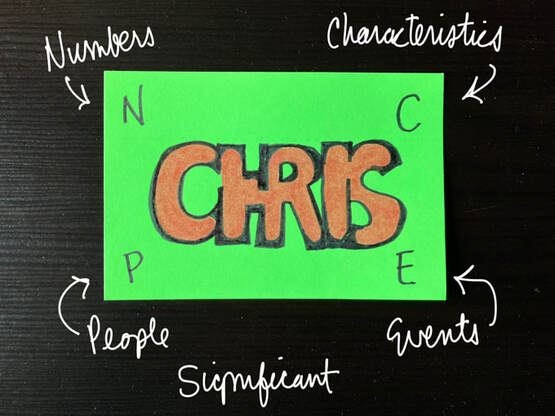
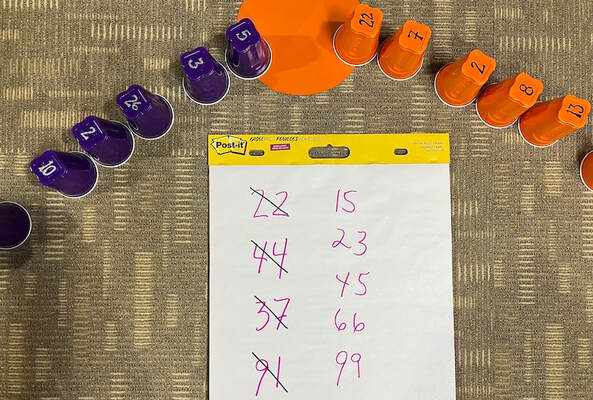
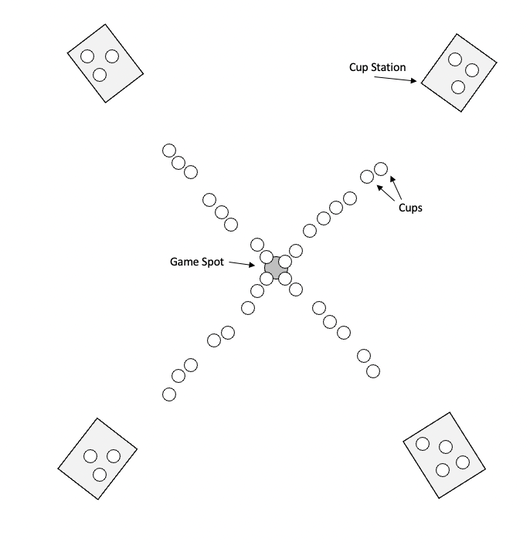
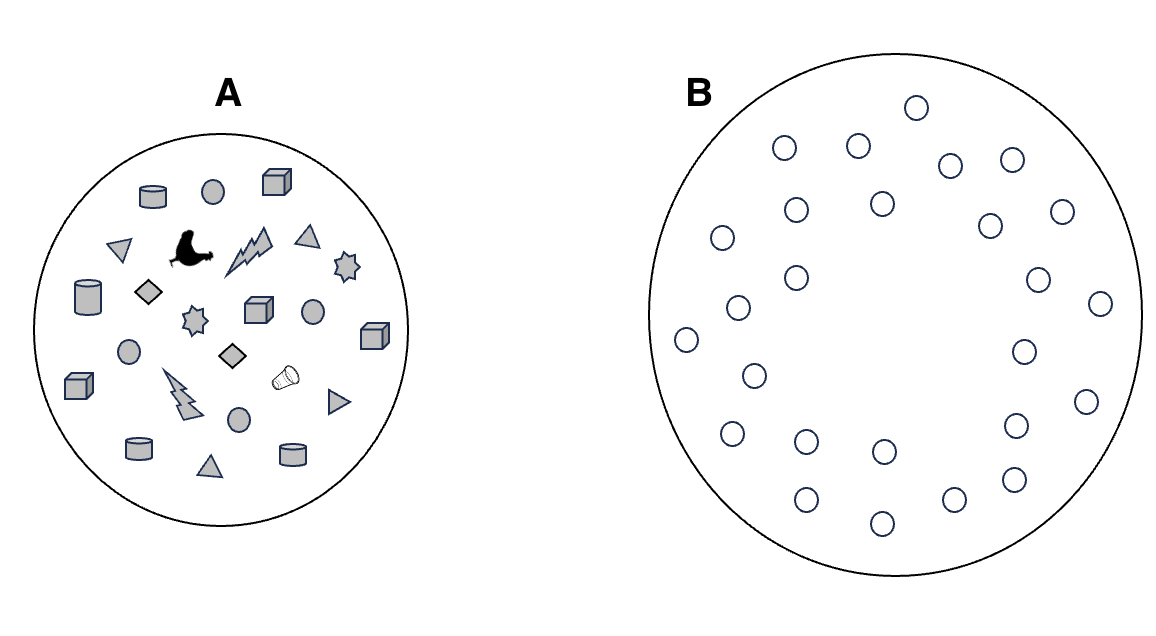
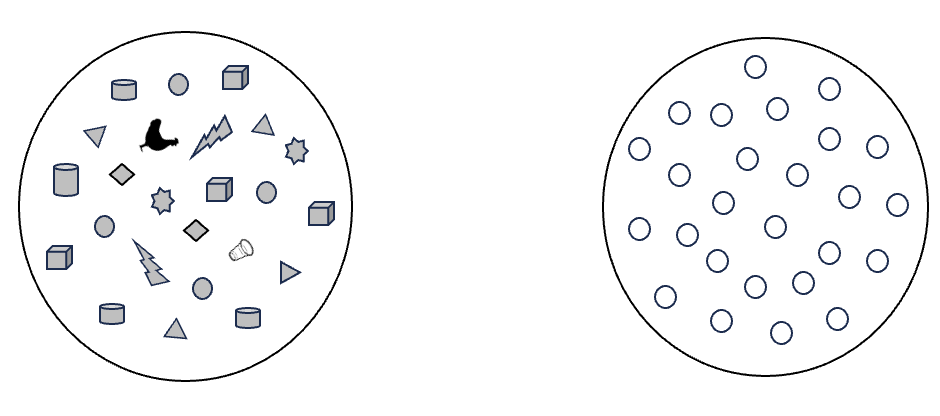
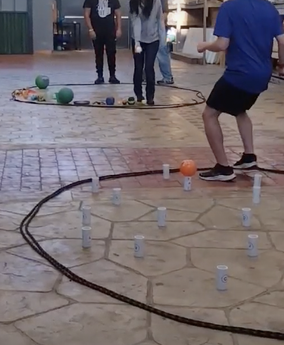
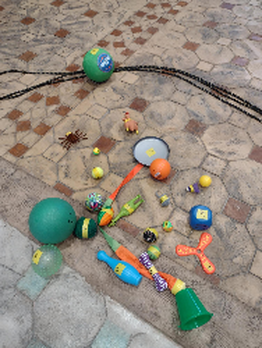
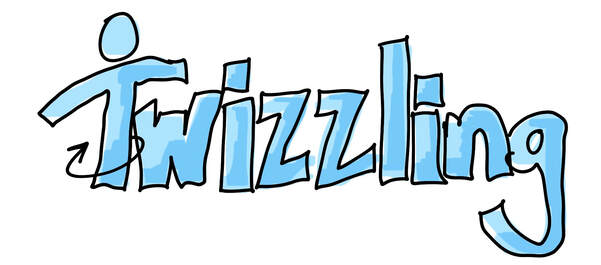
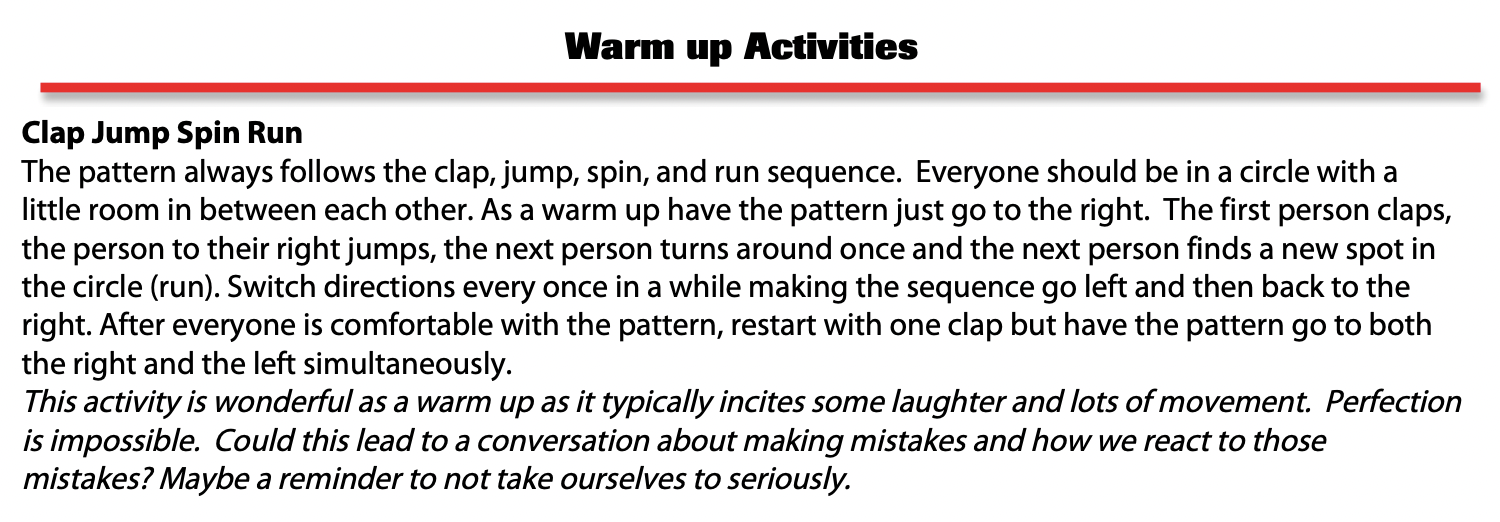
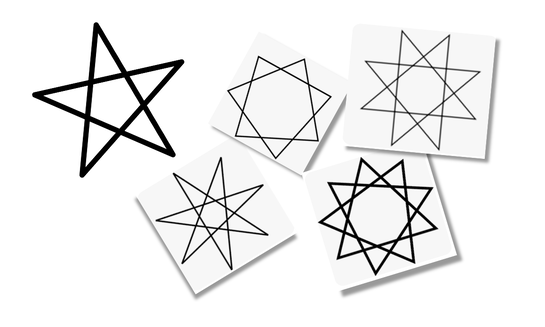



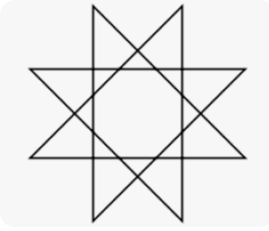

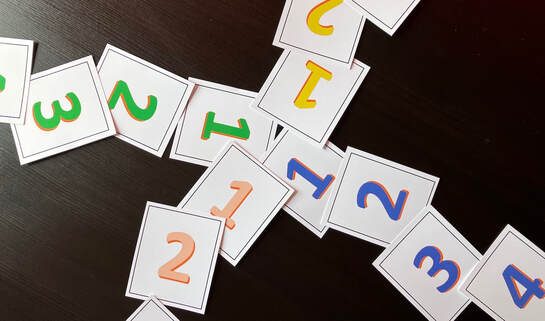
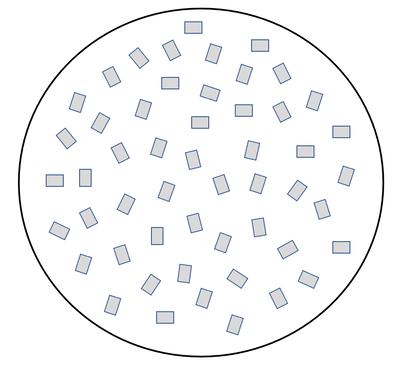
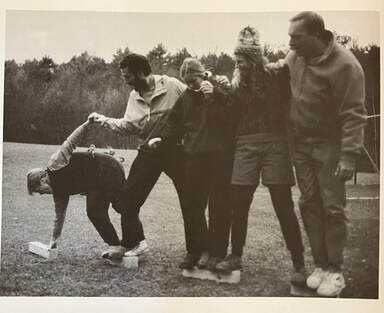
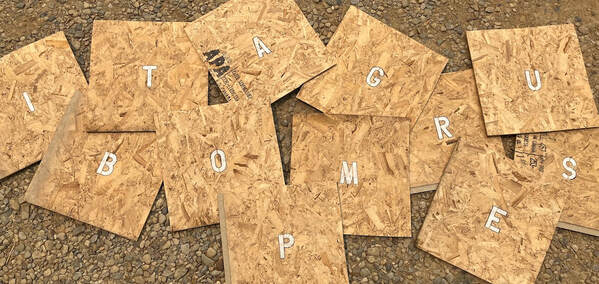
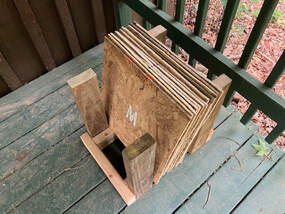





 RSS Feed
RSS Feed